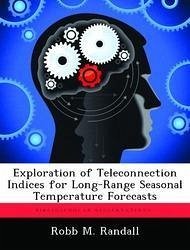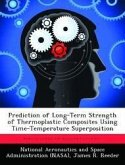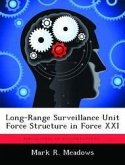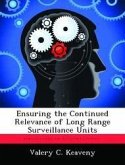The Air Force Combat Climatology Center (AFCCC) is continually tasked to provide temperature and other long-range seasonal forecasts for locations at which Department of Defense (DoD) personnel are performing long-range exercises and real-world mission planning support. DoD needs long-range forecasts to estimate how much fuel is necessary to keep energy production, purchases and operations at the proper levels to accommodate all the energy needs on their installations and within their worldwide theaters of operation. Currently, the best long-range temperature forecasts the weather community has for worldwide locations use either climatological standard normals or simple frequency distributions of occurrences. This study creates a stepping-stone toward the solution of long-range temperature forecasting by finding a process to predict more accurate temperatures than those forecasts obtained using climatological standard normals or simple frequency distributions of occurrences. This same solution is also highly sought after by many non-DoD users as well. Northern Hemispheric teleconnection indices, created by rotated principle component analysis (RPCA), and the standardized Southern Oscillation index are statistically compared to Heating Degree Days (HDDs) and Cooling Degree Days (CDDs) at 14 U.S. locations. HDDs and CDDs were summed over three-month periods to compute seasonal summations. Teleconnection indices found to be leading modes, using RPCA, in a particular month are compared to the HDD/CDD summations of the following three months in order to create predictive models.








